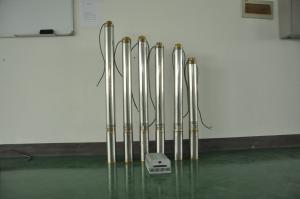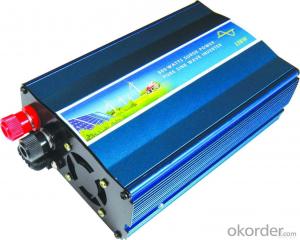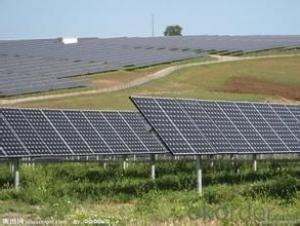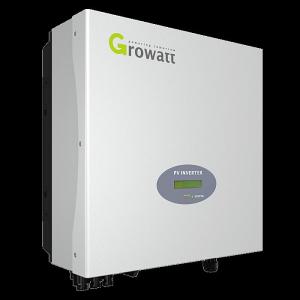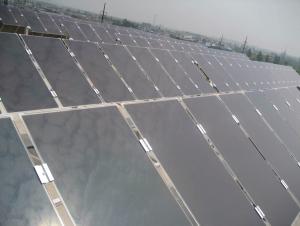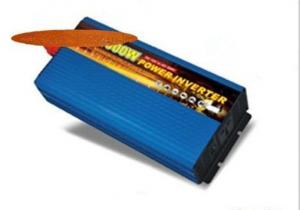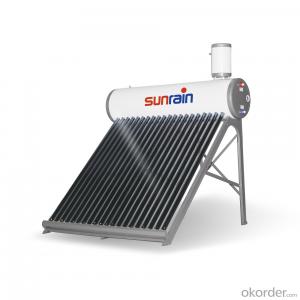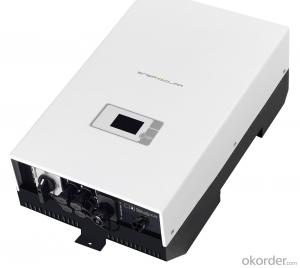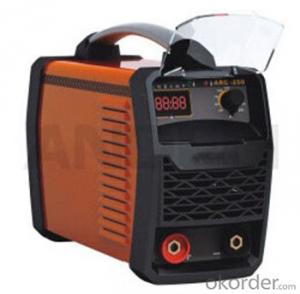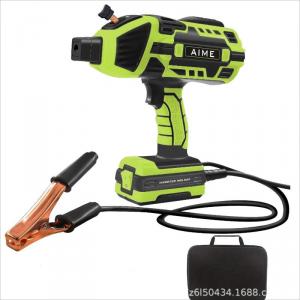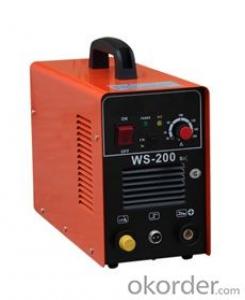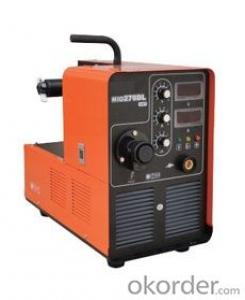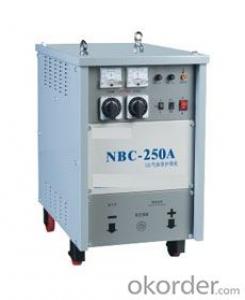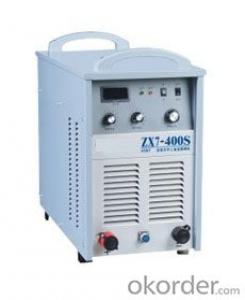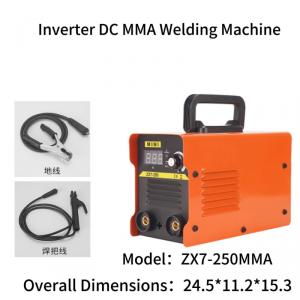Solar Without Battery Inverter
Solar Without Battery Inverter Related Searches
Without Battery Solar Inverter Solar Without Inverter Inverter Without Solar Panel Solar Power Without Inverter Solar System Without Inverter Solar Panel Without Inverter Inverter With Battery Solar Transformerless Solar Inverter Solar Battery Inverter Solar Battery With Inverter Battery Solar Inverter Solar Power Battery Inverter Solar Charger With Inverter Inverter With Solar Input Battery Less Solar Inverter Solar Inverter For Battery Inverter For Solar Battery Inverter With Solar Charger Solar Based Inverter Solar Solar Inverter Battery Inverter Solar Inverter Battery Solar Solar Energy Inverter Inverter With Solar Panels Inverter For Solar Solar Battery For Inverter Inverter Solar Battery Solar With Electric Inverter Inverter With Solar System Best Solar Battery InverterSolar Without Battery Inverter Supplier & Manufacturer from China
Solar Without Battery Inverter is a type of solar power system that eliminates the need for battery storage, making it an efficient and cost-effective solution for harnessing solar energy. This product is particularly beneficial for areas with consistent sunlight and where grid-tied electricity is readily available, as it allows for the direct use of solar power without the need for energy storage. The Solar Without Battery Inverter is designed to convert the DC power generated by solar panels into AC power that can be used by homes and businesses, or fed back into the grid, depending on the system's configuration and local regulations.The application and usage scenarios for Solar Without Battery Inverters are vast, as they can be utilized in residential, commercial, and industrial settings. These inverters are ideal for homeowners who want to reduce their electricity bills and contribute to a greener environment, as well as for businesses looking to lower operational costs and enhance their sustainability efforts. Additionally, they can be employed in off-grid applications where a battery backup is not required, such as remote monitoring stations or small-scale power generation for rural communities.
Okorder.com is a reputable wholesale supplier of Solar Without Battery Inverters, boasting a large inventory that caters to various needs and preferences. With a commitment to quality and customer satisfaction, Okorder.com offers a wide range of inverters from top manufacturers, ensuring that customers receive reliable and efficient products for their solar power systems. Whether it's for a small-scale residential project or a large-scale commercial installation, Okorder.com is a trusted source for Solar Without Battery Inverters, providing competitive prices and exceptional service.
Hot Products












